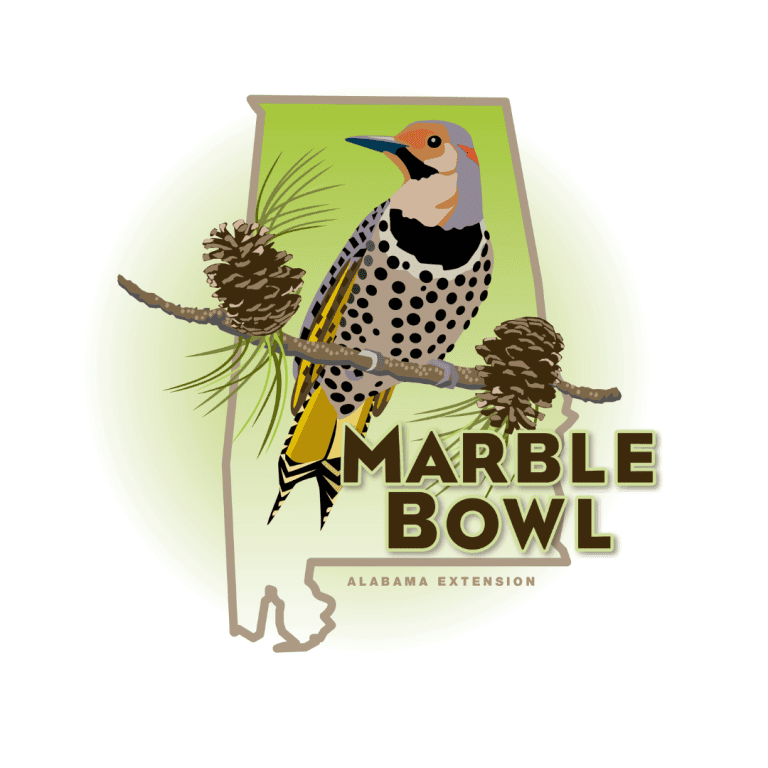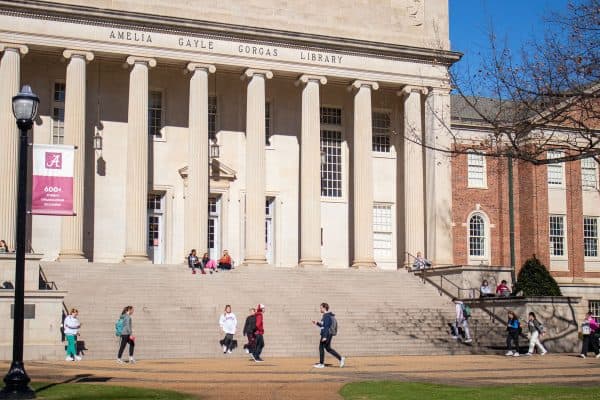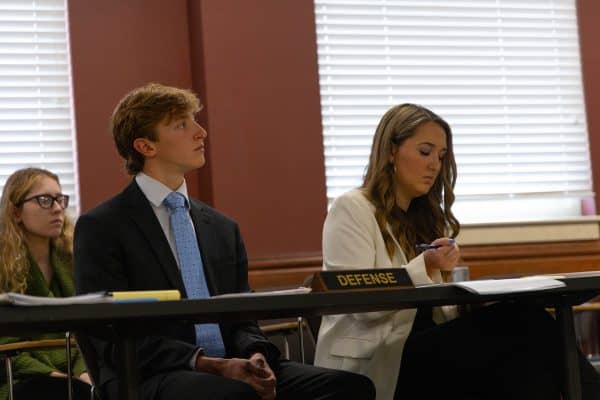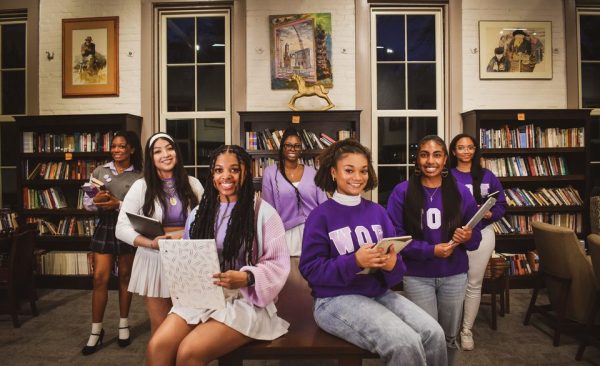Alabama and Auburn unite in biodiversity awareness competition
October 5, 2022
The Alabama Crimson Tide versus the Auburn Tigers, one of the South’s longest running rivalries among the two largest schools in the state of Alabama.
Despite Alabama and Auburn’s adversarial relationship, one commonality is shared between the two schools: living in one of the country’s most biodiverse states. The Marble Bowl is Alabama and Auburn’s newest competition, and almost anyone can participate by uploading photos of the state of Alabama’s biodiversity onto an app called iNaturalist.
Available on iOS and Android in the app store, and on browsers, iNaturalist allows users to upload photos of nature and almost immediately receive identification for the animal or plant in the picture, which is done through AI or comments by other local users.
“The name Marble Bowl is obviously a play on the Iron Bowl; marble is the state rock of Alabama, and then the logo we have for it uses the state bird, the northern flicker, called the yellowhammer,” said John Friel, director of the Alabama Museum of Natural History.
The Marble Bowl is a collaborative creation between three main parties: the Alabama Cooperative Extension and the Auburn and Alabama Museums of Natural History.
Whereas the Iron Bowl is just one day a year, the two schools will participate in the Marble Bowl from Sept. 3 until Nov. 27. This is a less physical competition between the two schools, with the goal of increasing awareness for Alabama’s biodiversity.
“Students walking around campus, they have their phones out, and they are texting, or they are checking their social media, so they are somewhat distracted from what is happening around them,” Friel said.
“This is a way that you can take a break from that and just learn something about the amazing biodiversity that is on campus. Alabama, for a relatively small state, has incredible biodiversity, and there are things that are only found in this state, so it is an opportunity for you to kind of get in touch with that side of nature, and to maybe reconnect with the amazing things that are on campus here,” Friel said.
“You’ve got a device now that you can just pull out of your pocket, take that photo and not only get it identified, but you also contribute … these observations get pooled with everyone else’s, so we can actually document in almost real time how species ranges change over time,” Friel said. “When they’re active, when things are blooming, when certain birds are passing through campus, all through just citizen scientists, and all it takes is someone to take that photo and be willing to contribute to it.”
Students are not the only ones allowed to join in on the Marble Bowl. Anyone within the state is able to contribute to their photos; the only restriction is that participants must be located within the state of Alabama.
Caitlin McCann, a senior majoring in biology at The University of Alabama, has been using iNaturalist since high school, but was unaware of the Marble Bowl. After signing up for the Alabama team under the Marble Bowl project, McCann said she believes the app should be advertised more across campus.
McCann said she enjoys iNaturalist and the findings that come with in-app identification.
“I’ve been on the tennis courts at night, and there’s all sorts of weird bugs on the tennis courts at night that are attracted to the lights. One time, I found a beetle, it was like a shiny green beetle that ran really fast, and it was called the caterpillar eater,” McCann said. “Next to it, I saw caterpillar and I was like, ‘Oh no, it’s a caterpillar eater and a caterpillar,’ and I wouldn’t have known that it was called the caterpillar eater unless I used iNaturalist.”
Chandler Olson, a graduate student studying biology, has been participating in the Marble Bowl and has used iNaturalist for about a year. Olson said iNaturalist has helped him discover the nature that is new to him since his journey south.
“Alabama is a biodiversity hotspot … so as far as the location for this and channeling this inner Alabama rivalry, I think it’s a really good thing,” Olson said. “It’s really nice for getting to know Alabama diversity, because I’m from Pennsylvania, it’s a bit different.”
The app also has the capability to name lesser-known species, with McCann and Olson both saying they have encountered numerous unnamed species.
“Sometimes you come across things that are so obscure, they don’t even have common names,” McCann said.
Using iNaturalist bridges a gap between biologists and the layperson, amplifying the role of the citizen scientist.
“It’s used by real scientists to do actual research, and so if you happen to take a picture of an endangered species, then it’ll help some scientists somewhere figure out where that endangered species exists,” McCann said.
Becoming a citizen scientist, helping real research and contributing to The University of Alabama’s iNaturalist team is simple. After downloading the app or directing yourself to the website, locate the projects tab under community, search for Marble Bowl, and join the Alabama team.
“Some of those people [scientists] will get really excited when you find certain things. If the species is rare, you might have no clue and you’re contributing because maybe they didn’t realize the species extended this far south,” Olson said. “I like helping distribution data because we don’t always know where a lot of these animals end up.”
Olson said he believes some people may be hesitant to join as they are not biologists, but that fear is unnecessary.
“Really, you take a good picture and do whatever you can, or even just say it’s an animal, and people will come along and help you figure it out,” Olson said.











